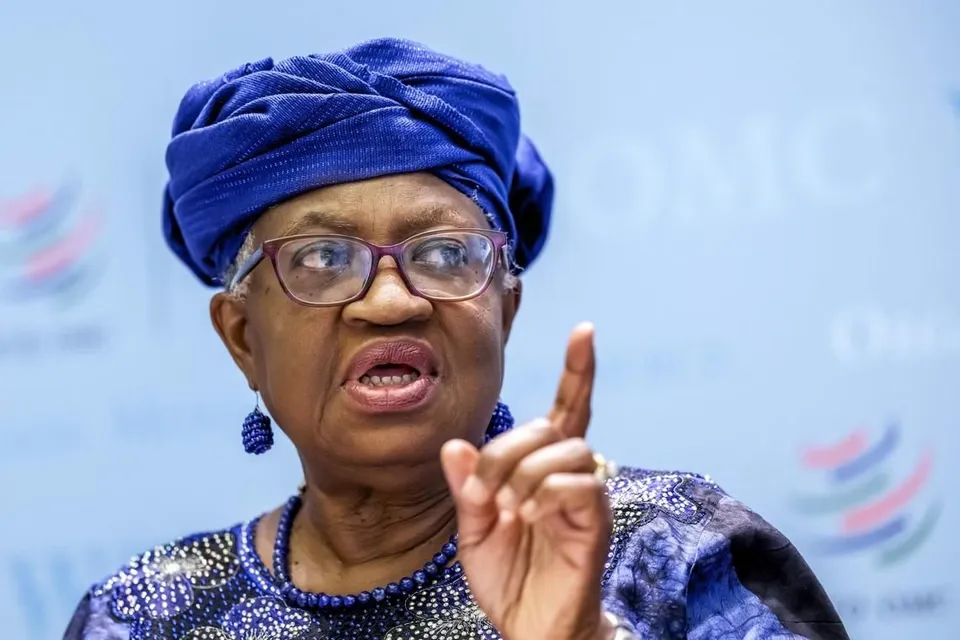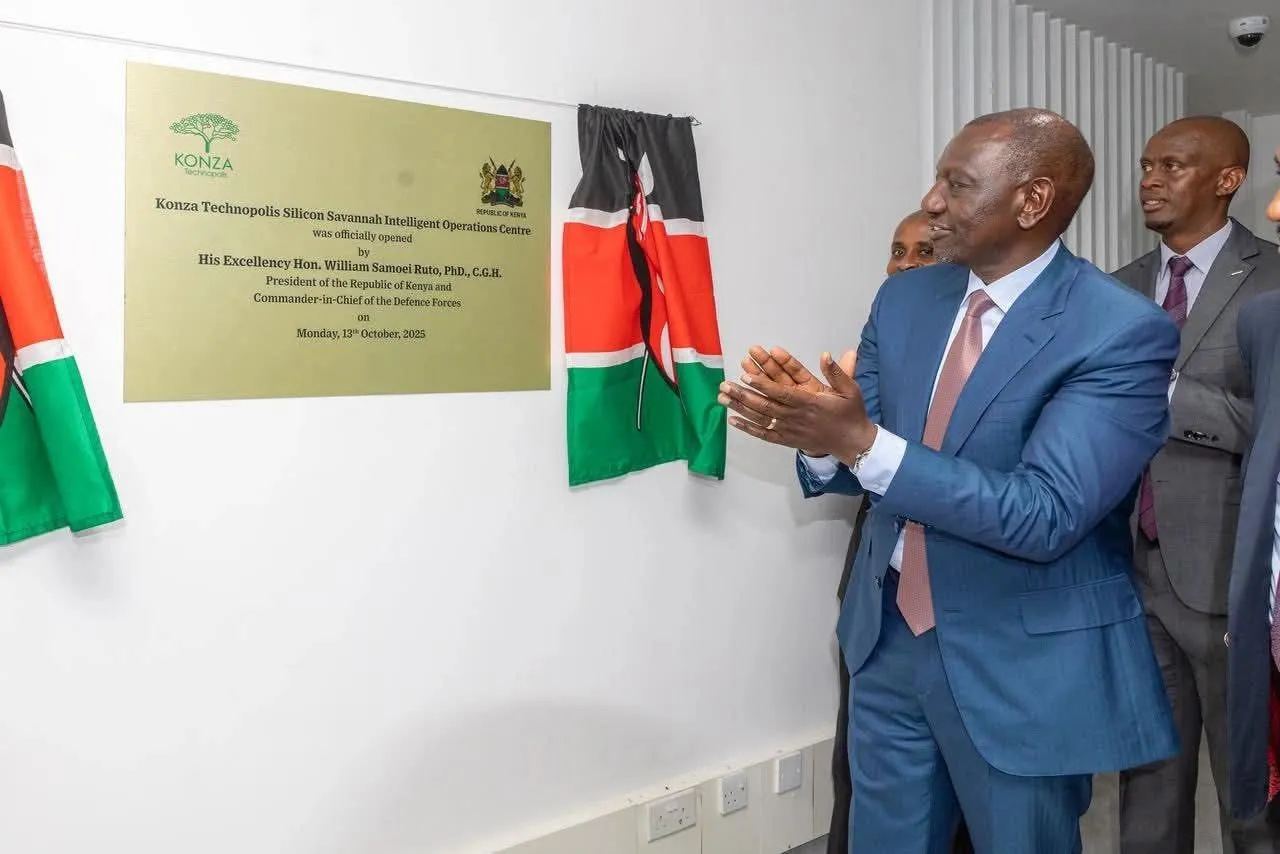The World Trade Organization (WTO) has dramatically revised its forecast for global merchandise trade in 2025, predicting a 0.2% decline instead of the 3.0% expansion projected last October. The downgrade reflects renewed U.S. tariffs, spillover effects from the U.S.–China trade war, and heightened policy uncertainty. With developing economies bearing the brunt of any downturn, the WTO cautions that full reintroduction of planned U.S. duties could precipitate a 1.5% contraction—marking the steepest slump since 2020—and shave up to 7% off long‑term global GDP growth.
From modest growth to contraction
In its biannual outlook published this week, the WTO slashed its forecast for world merchandise trade in 2025 from a hoped‑for 3.0% expansion to a 0.2% contraction. The revision, based on policy measures in place at the start of this week, signals a rapid escalation of risk following earlier optimism fueled by post‑pandemic recovery and resilient consumer demand Reuters.
This downgrade is particularly stark when compared with 2024, a year in which global goods trade grew by 2.9% and services trade by 6.8%. In the span of just six months, anticipated momentum has reversed—underscoring how quickly geopolitical developments can reshape economic forecasts.
U.S. tariffs and the specter of “reciprocal” levies
A key driver of the poorer outlook is the re‑energized U.S. tariff campaign. Since late 2024, the administration has imposed or threatened additional duties on steel, autos, and an array of imports from both allies and adversaries. Although a temporary pause spared a dozen countries from rate hikes, duties on certain Chinese goods now exceed 100%, with scope to rise even further if “reciprocal” tariffs are reinstated in full.
The WTO estimates that bringing back the broader tariff schedule would subtract 0.6 percentage points from global goods‑trade growth, while knock‑on effects—such as disrupted value chains and reduced investor confidence—would cut another 0.8 points, resulting in a total 1.5% decline Reuters.
A long‑term drag on GDP
WTO Director‑General Ngozi Okonjo‑Iweala warned that these policy shifts threaten not only trade flows but also global economic output. “A sustained turning away from rules‑based trading toward fragmented deals could, in the long term, reduce world GDP by as much as 7%,” she cautioned. Such a contraction would be equivalent to wiping out the entire economic output of the fifth‑largest economy in the world.
Developing countries face acute vulnerability: reduced export revenues, interruptions to critical imports, and tighter financing conditions may compound balance‑of‑payments pressures—particularly in nations heavily reliant on commodity exports or global value‑chain participation.
Services trade also under threat
Although services trade is not directly hit by tariffs, it cannot escape the fallout from sluggish goods‑trade volumes. The WTO now forecasts that global commercial services will expand by 4.0% in 2025—down from 6.8% growth in 2024—and only inch up to 4.1% in 2026. Weak demand for freight, logistics, and business‑travel services, alongside subdued foreign‑investment flows, are chief culprits Reuters.
Airlines, shipping lines, and professional‑services firms are bracing for tighter margins, while tourism‑dependent economies may see slower recovery as business and leisure travel budgets contract.
The fallout from U.S.‑China decoupling
Perhaps most ominously, the WTO highlighted the deepening rift between the U.S. and China. Bilateral merchandise trade is projected to plunge by 81% if current tariffs remain or intensify—exemptions for select product categories (such as smartphones) temper a total collapse, but the redirection of supply chains is already underway. Higher‑cost suppliers from Southeast Asia, Eastern Europe, and Latin America are stepping in to fill gaps, but moving production capacity takes time and investment, creating near‑term dislocations.
As China seeks new markets for its exports, economies in Africa, South Asia, and Latin America stand to gain modestly—but many lack the infrastructure or regulatory frameworks to scale swiftly, meaning overall global trade volumes will suffer.
A broader economic chill: UNCTAD’s warning
The WTO’s revised outlook coincides with a sobering assessment from the United Nations Conference on Trade and Development (UNCTAD). In its April report, UNCTAD forecast that global GDP growth will slow to 2.3% in 2025—down from 2.8% in 2024—pushing the world toward a recessionary trajectory. The agency singled out trade tensions and policy uncertainty as chief culprits, calling on major economies to exempt vulnerable nations from sweeping levies and to recommit to dialogue over unilateral measures Reuters.
UNCTAD’s analysis also paints a stark picture for low‑income countries, where shrinking official development assistance and rising debt burdens threaten progress toward sustainable‑development goals.
Front‑loaded orders hide a coming lull
Late 2024 saw an unusual surge in trade volumes as manufacturers and traders placed orders ahead of anticipated tariff hikes. Yet these front‑loaded shipments have now exhausted pipeline demand. Early‑2025 data from the Shanghai Containerized Freight Index—a bellwether for global shipping activity—shows a 40% drop in container rates since January, returning to levels characteristic of pre‑pandemic sluggishness UN Trade and Development (UNCTAD).
Industry sources report that exporters in Germany and South Korea are offering steep discounts to move inventories, while buyers in the Middle East and Africa are postponing restocking amid cost‑uncertainty and currency volatility.
Trade uncertainty at record highs
Measured by the Economic Policy Uncertainty Index, global trade uncertainty has soared to its highest level in over two decades. Firms cite opaque decision‑making in Washington, protracted negotiations over digital‑services taxation, and the slow rollout of the World Trade Organization’s Appellate Body as reasons to delay capital spending and global expansion.
This climate of doubt exacts a real cost: McKinsey & Company estimates that even a 10% rise in trade‑policy uncertainty can trim business investment by 1.5% and employment growth by 0.8%. Those effects compound in emerging markets, where credit markets are less resilient and corporate balance sheets more leveraged.
Human faces of the slump
Beyond the statistics lie stories of communities and workers impacted by the downturn. In the Mexican border city of Monterrey, electronics assemblers report order cancellations as U.S. importers reroute to tariff‑free plants in Vietnam and Thailand. A small cotton farmer in rural India fears that reduced global textile demand will depress prices and widen farm‑to‑market margins.
In Nairobi, a startup that sources second‑hand auto parts from Europe has seen shipping costs double in three months, squeezing margins and forcing layoffs. These are not isolated anecdotes but signals of deeper stress rippling through supply chains that millions depend on for income.
Opportunities amid adversity
While the overall picture is grim, some sectors and regions may find niches of growth. Agricultural exporters of staple commodities—rice, wheat, soybeans—could benefit from supply‑chain diversification as countries seek food‑security resilience. Digital‑services providers in lower‑cost markets stand to capture off‑shored back‑office work as firms cut discretionary travel and on‑site consulting.
Furthermore, South‑South trade—trade among emerging and developing economies—accounts for roughly one‑third of global merchandise exchange. UNCTAD points to this segment as a potential bulwark, with intra‑regional trade agreements and cross‑border digital‑payment corridors offering incremental gains even as North‑South flows weaken UN Trade and Development (UNCTAD).
Calls for reinvigorated multilateralism
Against a backdrop of bilateral tit‑for‑tat tariffs, the WTO has renewed calls for a return to a rules‑based system. Director‑General Okonjo‑Iweala and other trade ministers have urged members to revive negotiations on e‑commerce rules, fisheries subsidies, and agriculture reform—areas where progress stalled long before current tensions.
The WTO’s appeals echo those from business groups and civil‑society organizations, which warn that sustaining fragmentation will undermine innovation, erode consumer choice, and elevate geopolitical risk. A more pragmatic, issue‑by‑issue approach—sometimes dubbed a “coalitions of the willing”—may offer a pathway to incremental progress, albeit short of a comprehensive round.
Looking beyond 2025: A modest rebound
Despite the bleak near‑term forecast, the WTO still anticipates a modest 2.5% recovery in merchandise trade in 2026. That rebound assumes stabilization of major tariff lines, some resolution to high‑profile disputes, and a degree of normalization in global investment flows. Services trade is also expected to regain momentum, with projected growth of 4.8% once logistical and travel‑related headwinds subside Reuters.
However, the organization stresses that upside scenarios rest on policy choices—whether governments choose to de‑escalate barriers or double down on protection.
Policy prescriptions for a bumpy road ahead
Economists and policymakers are coalescing around several key actions to mitigate the slump:
- Targeted tariff relief: Exempting staples, medical supplies, and critical‑inputs sectors from new duties to shield vulnerable populations and industries.
- Acceleration of digital trade rules: Harmonizing cross‑border data flows and e‑invoicing standards to lower transaction costs and maintain connectivity.
- Strengthened supply‑chain resilience: Diversifying suppliers, stock‑piling strategic goods, and investing in near‑shoring to reduce disruption impact.
- Enhanced development financing: Scaling concessional lending and technical assistance to help low‑income countries navigate balance‑of‑payments pressures.
These measures, pursued in concert, can help cushion the blow while preserving the longer‑term benefits of trade integration.
Conclusion: Steering through uncertainty
The WTO’s stark revision of the 2025 outlook underscores the fragility of the current global trade architecture. Renewed tariffs, deepening U.S.‑China decoupling, and political uncertainty have combined to threaten a downturn not seen since the earliest days of the COVID‑19 pandemic.
For exporters, importers, workers, and consumers around the world, the months ahead will demand vigilance, flexibility, and informed decision‑making. While pockets of opportunity remain, the overarching challenge will be to navigate a landscape where policy risks loom as large as market forces—reminding us that the health of the global economy ultimately rests on cooperation as much as competition.
Ready to take your career to the next level? Join our dynamic courses: ACCA, HESI A2, ATI TEAS 7 , HESI EXIT , NCLEX – RN and NCLEX – PN, Financial Literacy!🌟 Dive into a world of opportunities and empower yourself for success. Explore more at Serrari Ed and start your exciting journey today! ✨
photo source: Google
By: Montel Kamau
Serrari Financial Analyst
17th April, 2025
Article, Financial and News Disclaimer
The Value of a Financial Advisor
While this article offers valuable insights, it is essential to recognize that personal finance can be highly complex and unique to each individual. A financial advisor provides professional expertise and personalized guidance to help you make well-informed decisions tailored to your specific circumstances and goals.
Beyond offering knowledge, a financial advisor serves as a trusted partner to help you stay disciplined, avoid common pitfalls, and remain focused on your long-term objectives. Their perspective and experience can complement your own efforts, enhancing your financial well-being and ensuring a more confident approach to managing your finances.
Disclaimer: This article is for informational purposes only and does not constitute financial advice. Readers are encouraged to consult a licensed financial advisor to obtain guidance specific to their financial situation.
Article and News Disclaimer
The information provided on www.serrarigroup.com is for general informational purposes only. While we strive to keep the information up to date and accurate, we make no representations or warranties of any kind, express or implied, about the completeness, accuracy, reliability, suitability, or availability with respect to the website or the information, products, services, or related graphics contained on the website for any purpose. Any reliance you place on such information is therefore strictly at your own risk.
www.serrarigroup.com is not responsible for any errors or omissions, or for the results obtained from the use of this information. All information on the website is provided on an as-is basis, with no guarantee of completeness, accuracy, timeliness, or of the results obtained from the use of this information, and without warranty of any kind, express or implied, including but not limited to warranties of performance, merchantability, and fitness for a particular purpose.
In no event will www.serrarigroup.com be liable to you or anyone else for any decision made or action taken in reliance on the information provided on the website or for any consequential, special, or similar damages, even if advised of the possibility of such damages.
The articles, news, and information presented on www.serrarigroup.com reflect the opinions of the respective authors and contributors and do not necessarily represent the views of the website or its management. Any views or opinions expressed are solely those of the individual authors and do not represent the website's views or opinions as a whole.
The content on www.serrarigroup.com may include links to external websites, which are provided for convenience and informational purposes only. We have no control over the nature, content, and availability of those sites. The inclusion of any links does not necessarily imply a recommendation or endorsement of the views expressed within them.
Every effort is made to keep the website up and running smoothly. However, www.serrarigroup.com takes no responsibility for, and will not be liable for, the website being temporarily unavailable due to technical issues beyond our control.
Please note that laws, regulations, and information can change rapidly, and we advise you to conduct further research and seek professional advice when necessary.
By using www.serrarigroup.com, you agree to this disclaimer and its terms. If you do not agree with this disclaimer, please do not use the website.
www.serrarigroup.com, reserves the right to update, modify, or remove any part of this disclaimer without prior notice. It is your responsibility to review this disclaimer periodically for changes.
Serrari Group 2025












